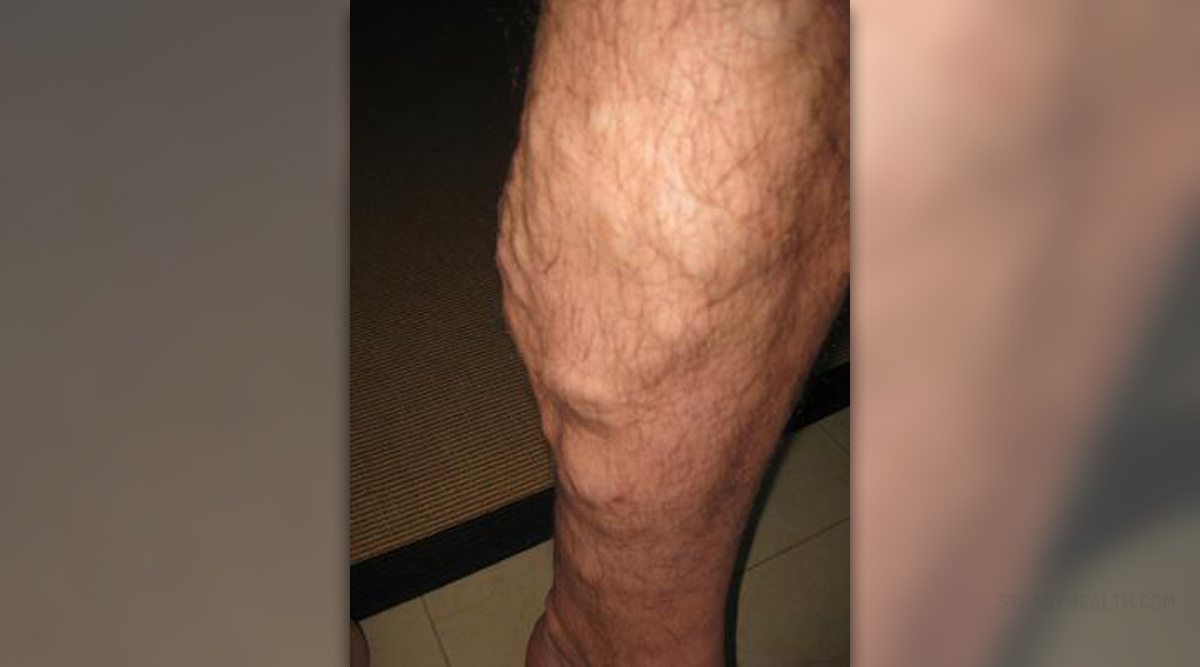
Surgery is the best option to treat the varicose veins. It is proven efficient for both large and small varicose veins visible under the skin. Surgical procedure is not used to treat spider veins or smaller reticular veins. The therapy of choice for those smaller reticular veins is sclerotherapy.Prevent Potential Risk
Deep venous thrombosis is a potential risk when taking a surgery. To minimize the risk, stop the hormone replacement therapy and birth control pill a month before your surgical procedure (always use other contraceptive methods). Some specialist might recommend using the heparin injections or compression stockings, to prevent this risk.
Surgical Procedure
The surgery is performed under a general anesthesia and you won’t feel anything. The most common is saphenofemoral ligation (high tie). The surgeon would make a cut in the groins on the top of the varicose vein, disconnect the meeting point with femoral vein and then remove the varicose (greater saphenous) vein. Other varicose veins are also pulled out, through the millimeters incisions (2 to 3mm).
This operation is proven to give good results, in terms of patients’ appearance, further function of the veins and the risk of recurrent varicose veins.
There are some new techniques, also used to ablate the greater saphenous vein, but without the physical removal of the affected vein. These include: VNUS radiofrequency and endovenous laser ablations and Triflex device. These are fairly new techniques, which need expensive equipment and their long-term results still remain to be valued. So far, they haven’t proved to be more efficient than the surgery, and might even cause more cases of deep venous thrombosis.
Specialists recommend resting for 2 to 3 weeks after the surgical procedure.
After the surgery, avoid alcohol, driving a car or operating machinery for 48 hours. Doctors also advise not to babysit on your own or sign any important papers for 2 days after the surgery.
Protective stockings should be worn for 2 days (day and night) for 2 weeks, and after that period only daily, for another 4 weeks. Some patients might be substantially bruised, but that shouldn’t worry them. It’s quite normal to have bruises after the surgery, and they will resolve in couple of weeks.
The Results
The surgical procedure is known to be both clinically and cost effective and more than 80% of the patients are satisfied with the results, even after 11 years. There are 62% of recurrent varicose veins, but still patients have reported that the surgery improved their quality of life.
Recurrence is sometimes unavoidable, because of the genetic predispositions or because of the inappropriately performed surgery. To decrease the potential risk, always make sure to find a vascular specialist to perform the varicose vein surgery.
Potential Complications
Varicose vein surgery might complicate and cause: numbness, bleeding or tender lumps near the scars of the operation. These aren’t signals that should worry you, but the sweating, severe pain and redness of the wound should be reported to the doctor.
Deep vein thrombosis is a rare complication, present in about 5% of the patients.






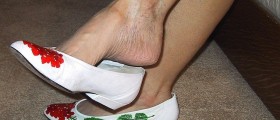







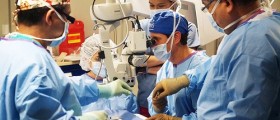
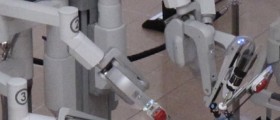
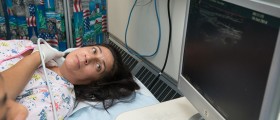
Your thoughts on this
Loading...